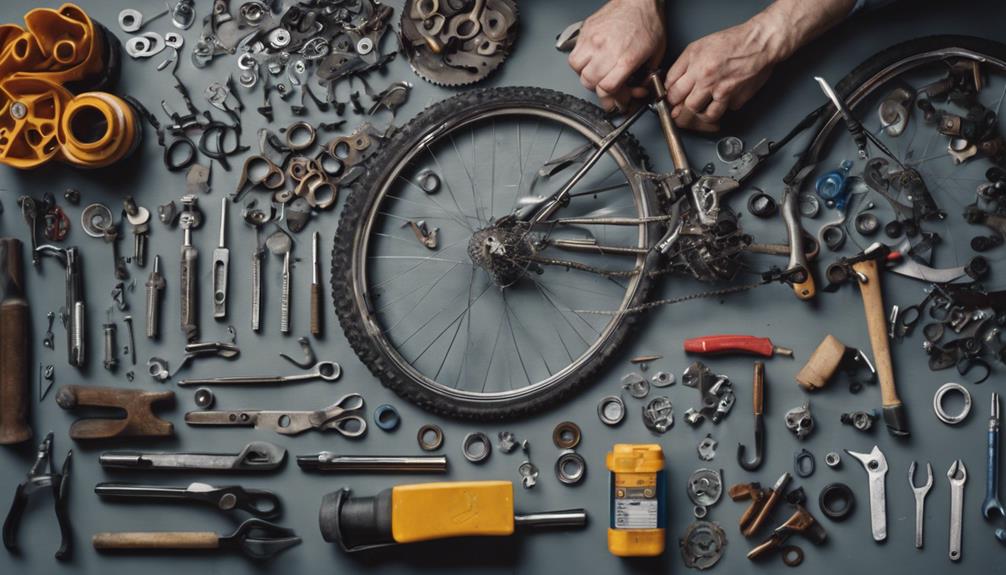In recent years, balance bikes have gained immense popularity as an effective tool for teaching young children the fundamentals of cycling. Among the brands leading this charge is Chillafish, known for its innovative designs and commitment to child safety. This article delves into the Chillafish balance bike, exploring its features, benefits, and the science behind its design, while also providing practical insights for parents considering this option for their little ones.
What is a Chillafish Balance Bike?
A balance bike is a two-wheeled bike designed for young children that lacks pedals. Instead of pedaling, children push off the ground with their feet to propel themselves forward. Chillafish balance bikes are specifically engineered to help young riders develop balance and coordination before transitioning to traditional bicycles. These bikes are typically made from lightweight materials, allowing for easy maneuverability and enhanced safety.
The Unique Features of Chillafish Balance Bikes
Chillafish balance bikes come with several distinctive features that set them apart from competitors:
- Lightweight Construction: Made from durable yet lightweight materials, Chillafish bikes are easy for children to handle.
- Adjustable Seat Height: Many models feature adjustable seats to accommodate growing children, ensuring a comfortable ride.
- Innovative Designs: Chillafish is known for its playful and colorful designs that appeal to children, incorporating fun themes and eye-catching graphics.
- Safety Features: Equipped with safety grips and a sturdy frame, these bikes prioritize child safety without compromising on style.
- Variety of Models: Chillafish offers different models tailored to various age groups and preferences, making it easier for parents to find the perfect fit.
The Benefits of Using a Chillafish Balance Bike
Chillafish balance bikes provide numerous benefits that contribute to a child’s development:
- Improved Balance and Coordination: Balance bikes help children learn to balance at an early age, setting the foundation for riding a traditional bike.
- Enhanced Confidence: As children learn to ride independently, their self-esteem and confidence increase significantly.
- Physical Fitness: Riding a balance bike encourages physical activity, promoting overall health and fitness in children.
- Social Skills: Riding with peers fosters social interaction and teamwork, essential skills for childhood development.
- Easy Transition to Pedal Bikes: Children who learn to ride on balance bikes transition more easily to pedal bikes, often requiring less time to adapt.
Case Studies: Success Stories from Parents
Numerous parents have shared their positive experiences with Chillafish balance bikes, highlighting how these bikes have impacted their children’s development. Here are a few case studies:
Case Study 1: The Johnson Family
The Johnsons purchased a Chillafish balance bike for their 3-year-old son, Ethan. Within weeks, they noticed a marked improvement in his balance and coordination. Ethan was able to ride confidently without assistance, which significantly boosted his self-esteem. His parents noted that he became more adventurous, eager to explore parks and bike paths.
Case Study 2: The Martinez Family
For the Martinez family, their daughter Sofia struggled with confidence when it came to physical activities. After starting with a Chillafish balance bike, Sofia quickly learned to ride independently. Her parents observed a transformation in her social skills as she began to interact more with other children, joining them in outdoor activities.
Statistics: The Rise of Balance Bikes in Early Childhood Development
Recent studies and statistics highlight the growing trend of balance bikes among parents:
- According to a survey by the Bicycle Product Suppliers Association, 60% of parents reported that their children learned to ride a bike earlier than expected due to the use of balance bikes.
- Research conducted by the American Academy of Pediatrics states that children who use balance bikes develop better motor skills compared to those who do not.
- A study found that 85% of children who learned to ride using balance bikes transitioned to pedal bikes within six months, compared to 50% of traditional learners.
Choosing the Right Chillafish Balance Bike
When selecting a Chillafish balance bike for your child, consider the following factors:
- Age and Height: Ensure the bike is appropriate for your child’s age and height, as this impacts their ability to ride safely and comfortably.
- Weight Capacity: Check the bike’s weight limit to ensure it can accommodate your child as they grow.
- Design Preferences: Involve your child in the selection process, as a bike they love will encourage them to ride more often.
- Safety Features: Look for bikes with safety grips, sturdy frames, and other features designed to protect young riders.
Conclusion: The Future of Cycling Starts with Chillafish
Chillafish balance bikes are more than just toys; they are powerful tools that foster essential life skills in young children. With their lightweight design, adjustable features, and focus on safety, these bikes provide a solid foundation for future cyclists. As demonstrated by numerous success stories and supported by research, children who learn to ride on balance bikes experience improved balance, coordination, and confidence, making the transition to pedal bikes smoother and more enjoyable.
For parents looking to introduce their children to the joys of cycling, investing in a Chillafish balance bike is a decision that can yield long-term benefits for both physical and emotional development. As the cycling community continues to grow, so does the importance of fostering a love for biking at an early age. With Chillafish, the journey begins with balance.
